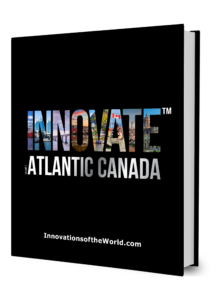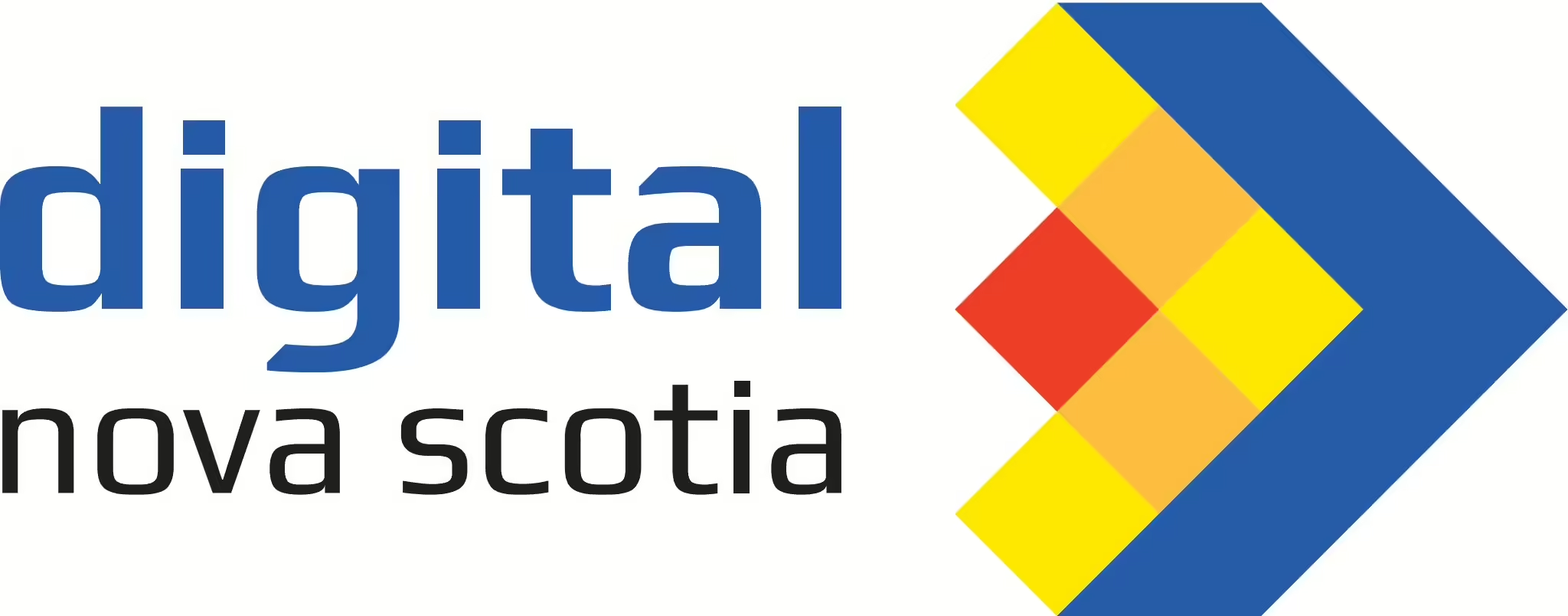Introduction
The digital sector is experiencing an unprecedented demand for skilled professionals, creating a significant talent gap. Traditional education pathways alone are no longer sufficient to meet this demand. In early2024, Digital Nova Scotia surveyed our members and produced the2024 Digital Nova Scotia Workforce Survey. This survey highlights a promising shift: companies are increasingly recognizing the value of microcredentials and other non-traditional educational pathways. This article explores how micro credentials can help address the digital talent shortage and the growing acceptance of these alternative qualifications among employers.
The Growing Talent Gap
The rapid advancement of technology has outpaced the supply of qualified professionals. This talent gap is particularly pronounced at the mid-level, where experience and specialized skills are critical. The survey reveals that 72% of companies are actively hiring across all levels, with greatest talent gaps being found in mid-level positions. This underscores the need for more flexible and immediate solutions to bridge the skills gap.
Microcredentials: A Flexible Solution
Microcredentials, which include certificates, online courses, and training programs, offer a flexible and targeted approach to skills development. Unlike traditional degree programs, microcredentials allow individuals to acquire specific skills quickly, making them immediately valuable to employers. Our research indicates high confidence levels in non-traditional educational channels, with average confidence scores exceeding 3 on a 5-point scale across all types of program.
Employer Perspectives on Non-Traditional Pathways
We have seen a significant shift in employer attitudes towards non-traditional educational backgrounds:
- Willingness to Consider: 40% of respondents are willing, and 23% are extremely willing to consider candidates with microcredentials and other non-traditional qualifications.
- Types of Valued Non-Traditional Education: Employers appreciate self-learning, volunteer work, internships, and specialized training from Ed-Tech companies. These forms of education are seen as equally, if not more, valuable than traditional degrees.
Addressing Evaluation Challenges
While there is a growing acceptance of microcredentials, employers face challenges in evaluating these qualifications:
- Quality Assessment: Determining the quality of non-traditional education remains a challenge. Employers often lack standardized methods to evaluate the depth and relevance of the skills acquired
- Modernizing Evaluation Processes: There is a need to modernize hiring practices to include practical skill assessments and competency-based evaluations. This approach can help employers better gauge the capabilities of candidates with microcredentials.
Success Stories and Industry Acceptance
Many technology companies have already begun to embrace microcredentials as a viable solution to their hiring needs. The two most common types of programs are:
- Tech Training Programs: Programs provided by professional certification bodies and non-profit organizations have gained recognition for their ability to produce job-ready candidates.
- University-Led Short Courses: These programs offer focused, high-quality training that aligns with industry needs, making them highly valued by employers.
Recommendations for Employers
To fully leverage the potential of microcredentials, companies should consider the following strategies:
- Develop Clear Pathways: Establish clear pathways for employees to progress from entry-level to mid-level positions through microcredentialing programs.
- Showcase Success Stories: Highlight success stories of employees who have advanced through non-traditional education to demonstrate the value of these pathways.
- Enhance EDIA Initiatives: Incorporate microcredentials into Equity, Diversity, Inclusion, and Accessibility (EDIA) initiatives to attract and retain a diverse workforce.
Conclusion
The 2024 Digital Nova Scotia Workforce Survey underscores the urgent need for innovative solutions to the digital talent shortage. Microcredentials offer a flexible, efficient, and increasingly accepted pathway for skill development. By embracing these non-traditional educational routes, companies can bridge the talent gap, foster a more inclusive workforce, and stay competitive in the rapidly evolving digital landscape.















